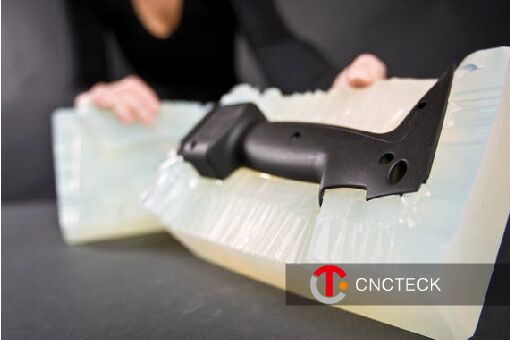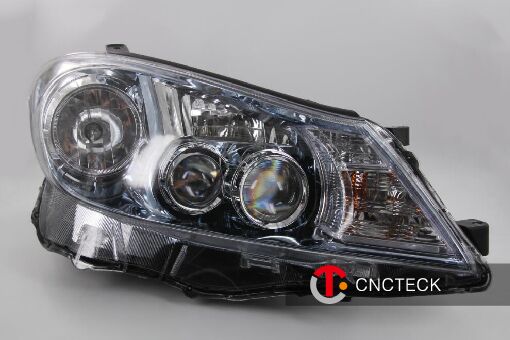
Vacuum Casting Service
At CNCTECK, We offer a complete turnkey solution for creating master patterns and cast copies based on your CAD designs. We not only make high-quality molds but we also offer a full line of finishing services including painting, sanding, pad printing and more. We’ll help you create parts for showroom quality display models, engineering test samples, crowd-funding campaigns and more.

What Is Vacuum Casting?
Polyurethane vacuum casting is a method for making high quality prototypes or low
volumes of parts formed from inexpensive silicone molds. Copies made in this way
show great surface detail and fidelity to the original pattern.
Advantages Of Vacuum Casting
· Low cost for molds
· Molds can be made in a few days
· Many types of polyurethane resins are available for casting, including overmolding
· Cast copies are highly accurate with excellent surface texture
· Molds are durable for 20 or more copies
· Perfect for engineering models, samples, rapid prototypes, bridge to production
Vacuum Casting Process
There are three steps to making polyurethane vacuum cast parts: making the master pattern, making molds and casting the parts.
Step 1. Master Patterns
Patterns are 3D solids of your CAD designs. They are usually made by CNC machining or with 3D plastic printing such as SLA/SLS. You can supply your own patterns or we can make them for you. Patterns need to be able to withstand heating to 40°C.
Step 2. Making the Molds
Casting molds are made from liquid silicone. This silicone is poured around the master pattern inside of a casting box, and then allowed to cure in an oven for 16 hours. Once dried, the mold is cut open and the master removed, leaving behind an empty cavity in the exact negative shape of the original.
Step 3. Casting Copies
Your choice of casting resins can now be poured into the empty cavity to create a highly accurate copy of the original. It’s even possible to overmold with two or more materials. Silicone molds are typically good for 20 or so copies of the master pattern.

Vacuum Casting Tolerances
The finished dimensions of vacuum cast parts are dependent on the accuracy of the
master pattern, the part’s geometry and the type of casting material used. Generally a
shrinkage rate of 0.15% is to be expected.
Vacuum Casting Materials
Hundreds of casting polymers are commercially available to reproduce any
conceivable hardness and surface texture. It is also possible to make parts that are
fully opaque, translucent or completely transparent depending on your application.
See more information on Available materials.
Get Your Vacuum Casted Project Started Today
We’re pround to say that our vacuum cast parts have helped to pave the way towards full-scale production on many successful products used in commercial, industrial and scientific applications around the world. We’re confident we can meet and exceed your expectations just as we’ve done for thousands of customer before. Contact us today for a free design review and quotation.
